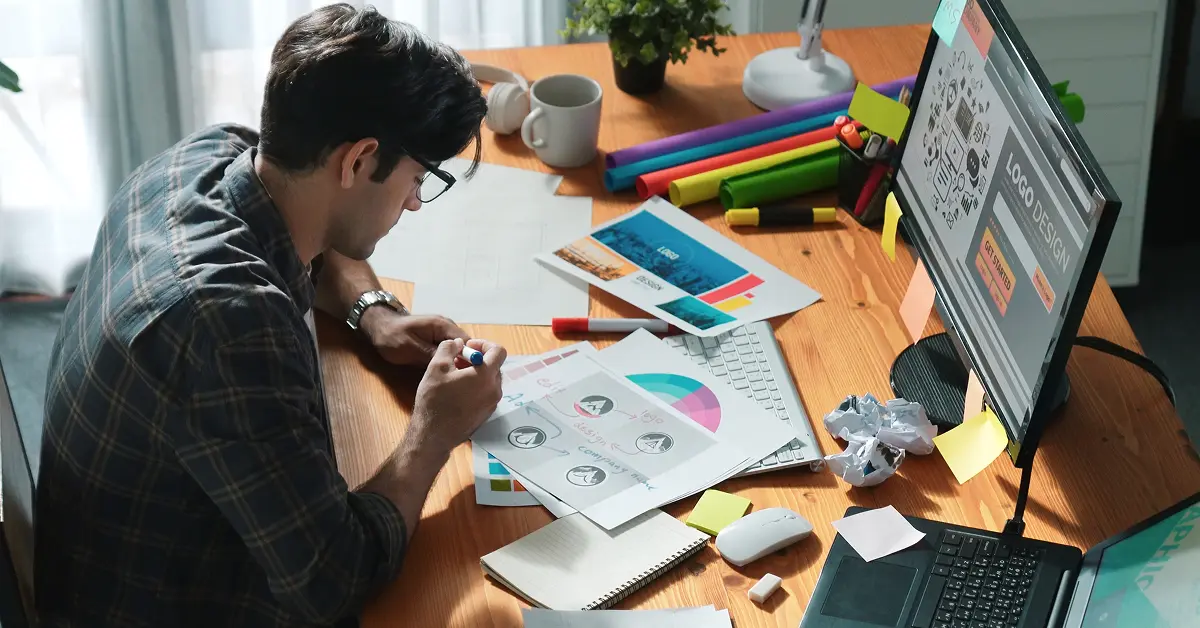
What is Web Page Designing
Learn what web page designing is, its key components, types, tools, and importance. Discover how great design enhances user experience, branding, and SEO.
Last Updated: June 21, 2025
📘 Download Free Ebook: Grow Your Business with Digital Marketing
